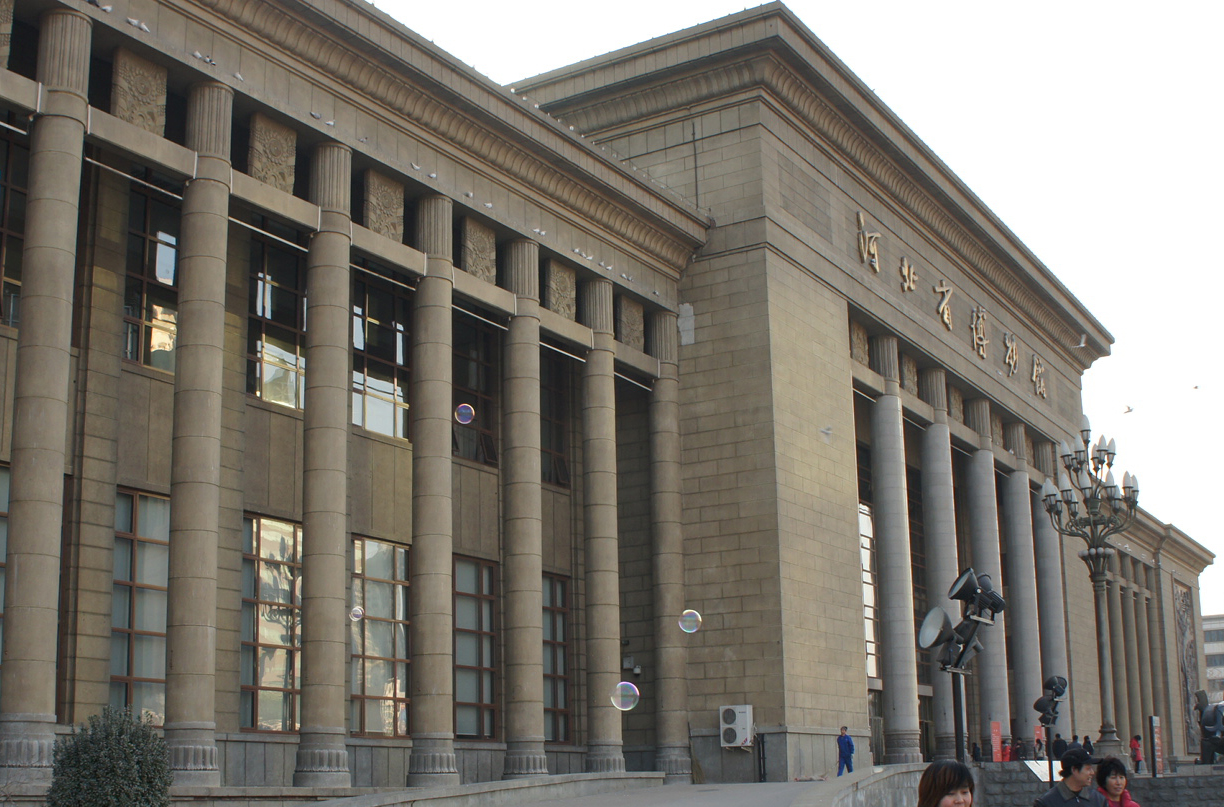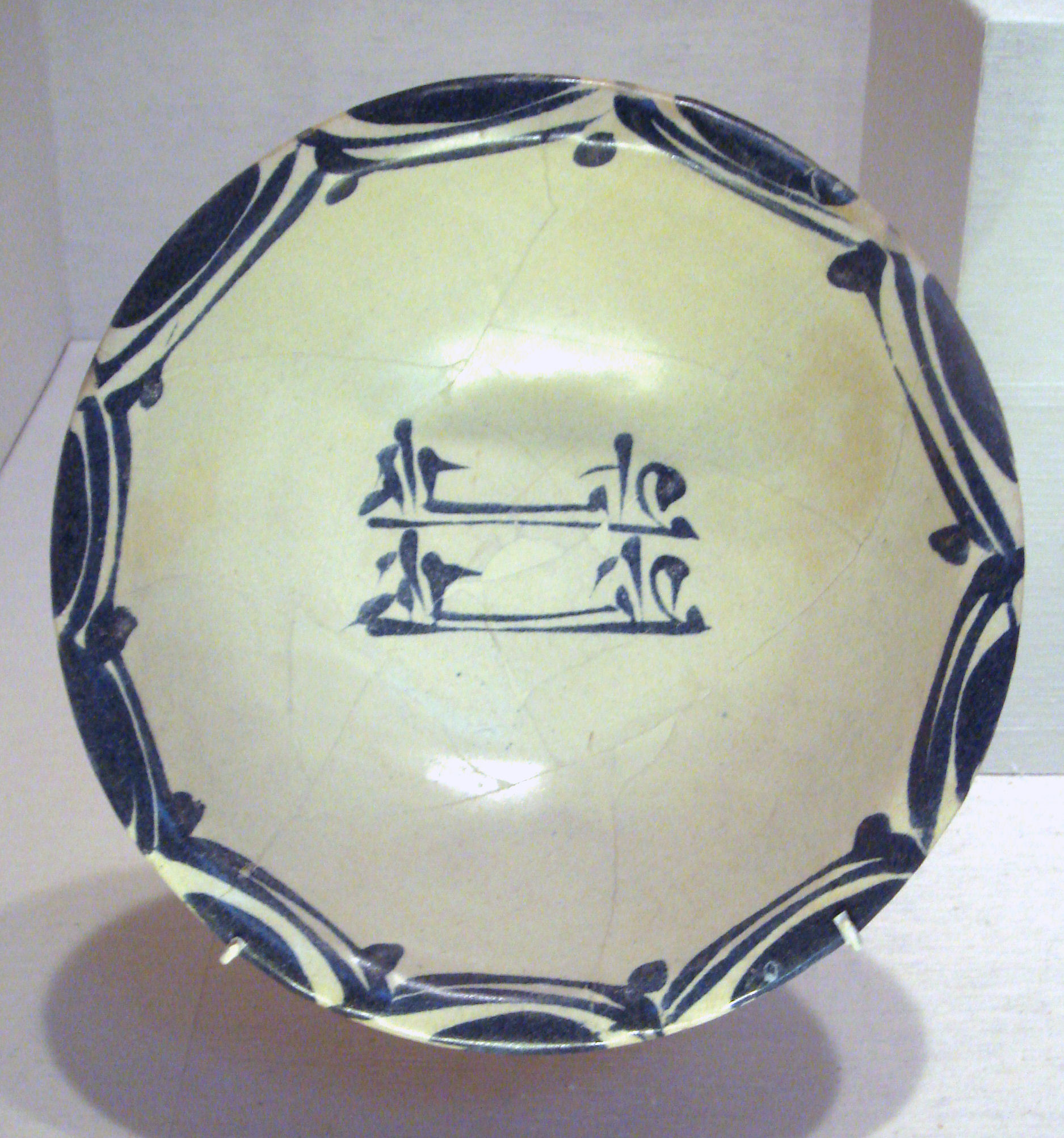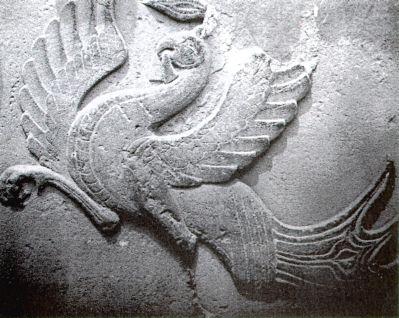|
Hebei Museum
The Hebei Museum () is located in Shijiazhuang, the capital city of Hebei Province, China. It first opened in April 1953 in Baoding. After moving twice in the 1980s, it reopened in October 1987 at its present location on South Zhongshan Street. As the only provincial-level museum in Hebei, its primary function is the collection and exhibition of ancient cultural relics. Artifacts The museum's exhibition area has an area of approximately and showcases nearly 150,000 cultural relics. Artifacts in their collection include the Western Han jade burial suits sewn with gold thread from the Mancheng tombs of Liu Sheng and his wife Dou Wan; the Changxin Palace lantern, also from the tomb of Dou Wan; and a 2300-year-old bronze lamp, found in the tomb of King Cuo of Zhongshan. File:Jin Lv Yu Yi of Liusheng, Han Dynasty,China (Hebei Museum).jpg, Jade burial suit, c. 113 BCE, from the tomb of Liu Sheng File:Boshan Burner Inlaid with Gold.jpg, Hill censer, height 26 mm, from the tomb of Liu ... [...More Info...] [...Related Items...] OR: [Wikipedia] [Google] [Baidu] |
Shijiazhuang
Shijiazhuang (; ; Mandarin: ), formerly known as Shimen and romanized as Shihkiachwang, is the capital and most populous city of China’s North China's Hebei Province. Administratively a prefecture-level city, it is about southwest of Beijing, and it administers eight districts, two county-level cities, and 12 counties. As of the 2020 census, the city had a total population of 11,235,086, with 6,230,709 in the built-up (''or metro'') area comprising all urban districts but Jingxing not agglomerated and Zhengding county largely conurbated with the Shijiazhuang metropolitan area as urbanization continues to proliferate. Shijiazhuang's total population ranked twelfth in mainland China. Shijiazhuang experienced dramatic growth after the founding of the People's Republic of China in 1949. The population of the metropolitan area has more than quadrupled in 30 years as a result of industrialization and infrastructural developments. From 2008 to 2011, Shijiazhuang implemented a thre ... [...More Info...] [...Related Items...] OR: [Wikipedia] [Google] [Baidu] |
Boshanlu
The hill censer or ''boshanlu'' (博山爐 "universal mountain censer" or ''boshan xianglu'' 博山香爐) is a type of Chinese censer used for burning incense. Hill censers first start appearing in tombs dating to the Western Han (202 BCE – 23 CE). Fashioned with a conical lid, the censers were designed to look like miniature mountains. The more elaborately crafted versions incorporate imagery of trees, wild animals, and humans among the rocky crags of the landscape. The scented smoked is vented through apertures in the lid, creating a scene reminiscent of clouds swirling around a mountain. The earliest vessels of this type were recovered from tombs of the imperial family, including Liu Sheng (d. 113 BCE), half-brother of the famed Emperor Wu of Han (157 – 87 BCE). Some excavated vessels lack vents and are thus believed to be examples of ''mingqi'', or "spirit objects." These latter objects are often called "hill jars" by scholars. Because hill censers first appeared when be ... [...More Info...] [...Related Items...] OR: [Wikipedia] [Google] [Baidu] |
1953 Establishments In China
Events January * January 6 – The Asian Socialist Conference opens in Rangoon, Burma. * January 12 – Estonian émigrés found a government-in-exile in Oslo. * January 14 ** Marshal Josip Broz Tito is chosen President of Yugoslavia. ** The CIA-sponsored Robertson Panel first meets to discuss the UFO phenomenon. * January 15 – Georg Dertinger, foreign minister of East Germany, is arrested for spying. * January 19 – 71.1% of all television sets in the United States are tuned into ''I Love Lucy'', to watch Lucy give birth to Little Ricky, which is more people than those who tune into Dwight Eisenhower's inauguration the next day. This record has yet to be broken. * January 20 – Dwight D. Eisenhower is sworn in as the 34th President of the United States. * January 24 ** Mau Mau Uprising: Rebels in Kenya kill the Ruck family (father, mother, and six-year-old son). ** Leader of East Germany Walter Ulbricht announces that agriculture will be collectiviz ... [...More Info...] [...Related Items...] OR: [Wikipedia] [Google] [Baidu] |
Museums In Hebei
A museum ( ; plural museums or, rarely, musea) is a building or institution that cares for and displays a collection of artifacts and other objects of artistic, cultural, historical, or scientific importance. Many public museums make these items available for public viewing through exhibits that may be permanent or temporary. The largest museums are located in major cities throughout the world, while thousands of local museums exist in smaller cities, towns, and rural areas. Museums have varying aims, ranging from the conservation and documentation of their collection, serving researchers and specialists, to catering to the general public. The goal of serving researchers is not only scientific, but intended to serve the general public. There are many types of museums, including art museums, natural history museums, science museums, war museums, and children's museums. According to the International Council of Museums (ICOM), there are more than 55,000 museums in 202 countries ... [...More Info...] [...Related Items...] OR: [Wikipedia] [Google] [Baidu] |
Museums Established In 1953
A museum ( ; plural museums or, rarely, musea) is a building or institution that cares for and displays a collection of artifacts and other objects of artistic, cultural, historical, or scientific importance. Many public museums make these items available for public viewing through exhibits that may be permanent or temporary. The largest museums are located in major cities throughout the world, while thousands of local museums exist in smaller cities, towns, and rural areas. Museums have varying aims, ranging from the conservation and documentation of their collection, serving researchers and specialists, to catering to the general public. The goal of serving researchers is not only scientific, but intended to serve the general public. There are many types of museums, including art museums, natural history museums, science museums, war museums, and children's museums. According to the International Council of Museums (ICOM), there are more than 55,000 museums in 202 coun ... [...More Info...] [...Related Items...] OR: [Wikipedia] [Google] [Baidu] |
List Of Museums In China
, there are 3,589 museums in China, including 3,054 state-owned museums (museums run by national and local government or universities) and 535 private museums. With a total collection of over 20 million items, these museums hold more than 8,000 exhibitions every year and 160 million people visits. Some museums of cultural relics, such as the Museum of Qin Terracotta Warriors and Horses in Xi'an, have become internationally known tourist attractions. The government has exchanges of cultural relics exhibitions between museums and promotes the display and exchanges of legal non-governmental collections. The museums are classified into several grades, with the national first-grade museums being the highest classification. List Below is a list of museums in China grouped by the provinces or municipalities where they are located. Anhui *Anhui Provincial Museum *Anhui Hall of Fame *Anhui Paleontology Fossil Museum *Bengbu Museum *China Huizhou Tax Museum *Ma'anshan Museum *She County ... [...More Info...] [...Related Items...] OR: [Wikipedia] [Google] [Baidu] |
Blue And White Pottery
"Blue and white pottery" () covers a wide range of white pottery and porcelain decorated under the glaze with a blue pigment, generally cobalt oxide. The decoration is commonly applied by hand, originally by brush painting, but nowadays by stencilling or by transfer-printing, though other methods of application have also been used. The cobalt pigment is one of the very few that can withstand the highest firing temperatures that are required, in particular for porcelain, which partly accounts for its long-lasting popularity. Historically, many other colours required overglaze decoration and then a second firing at a lower temperature to fix that. The origin of the blue glazes thought to lie in Iraq, when craftsmen in Basra sought to imitate imported white Chinese stoneware with their own tin-glazed, white pottery and added decorative motifs in blue glazes. Such Abbasid-era pieces have been found in present-day Iraq dating to the 9th century A.D., decades after the opening of a ... [...More Info...] [...Related Items...] OR: [Wikipedia] [Google] [Baidu] |
Yuan Dynasty
The Yuan dynasty (), officially the Great Yuan (; xng, , , literally "Great Yuan State"), was a Mongol-led imperial dynasty of China and a successor state to the Mongol Empire after its division. It was established by Kublai, the fifth khagan-emperor of the Mongol Empire from the Borjigin clan, and lasted from 1271 to 1368. In orthodox Chinese historiography, the Yuan dynasty followed the Song dynasty and preceded the Ming dynasty. Although Genghis Khan had been enthroned with the Han-style title of Emperor in 1206 and the Mongol Empire had ruled territories including modern-day northern China for decades, it was not until 1271 that Kublai Khan officially proclaimed the dynasty in the traditional Han style, and the conquest was not complete until 1279 when the Southern Song dynasty was defeated in the Battle of Yamen. His realm was, by this point, isolated from the other Mongol-led khanates and controlled most of modern-day China and its surrounding areas, including ... [...More Info...] [...Related Items...] OR: [Wikipedia] [Google] [Baidu] |
Vermilion Bird
The Vermilion Bird ( zh, c=朱雀, p=Zhūquè) is one of the Four Symbols of the Chinese constellations. According to Wu Xing, the Taoist five elemental system, it represents the Fire element, the direction south, and the season summer correspondingly. Thus it is sometimes called the Vermilion Bird of the South ( Chinese: , ). It is described as a red bird that resembles a pheasant with a five-colored plumage and is perpetually covered in flames. It is known as Suzaku in Japanese, Jujak in Korean and Chu Tước in Vietnamese. It is often mistaken for the Fenghuang due to similarities in appearance, but the two are different creatures. The Fenghuang is a legendary ruler of birds who is associated with the Chinese Empress in the same way the dragon is associated with the Emperor, while the Vermilion Bird is a mythological spirit creature of the Chinese constellations. Seven Mansions of the Vermilion Bird As with the other three Symbols, there are seven astrological "Mansions" ... [...More Info...] [...Related Items...] OR: [Wikipedia] [Google] [Baidu] |
Jade Burial Suit
A jade burial suit () is a ceremonial suit made of pieces of jade in which royal members in Han dynasty China were buried. Structure Of the jade suits that have been found, the pieces of jade are mostly square or rectangular in shape, though triangular, trapezoid and rhomboid plaques have also been found. Plaques are often joined by means of wire, threaded through small holes drilled near the corners of each piece. The composition of the wire varies, and several suits have been found joined with either gold or silver. Other suits, such as that of King Zhao Mo, were joined using silk thread, or silk ribbon that overlapped the edges of the plaques. In some instances, additional pieces of jade have been found beneath the head covering, including shaped plaques to cover the eyes, and plugs to fit the ears and nose. According to the ''Book of Later Han'', the type of wire used was dependent on the status of the person buried. The jade burial suits of emperors used gold thread; pr ... [...More Info...] [...Related Items...] OR: [Wikipedia] [Google] [Baidu] |
Hebei
Hebei or , (; alternately Hopeh) is a northern province of China. Hebei is China's sixth most populous province, with over 75 million people. Shijiazhuang is the capital city. The province is 96% Han Chinese, 3% Manchu, 0.8% Hui, and 0.3% Mongol. Three Mandarin dialects are spoken: Jilu Mandarin, Beijing Mandarin and Jin. Hebei borders the provinces of Shanxi to the west, Henan to the south, Shandong to the southeast, Liaoning to the northeast, and the Inner Mongolia Autonomous Region to the north. Its economy is based on agriculture and manufacturing. The province is China's premier steel producer, although the steel industry creates serious air pollution. Five UNESCO World Heritage Sites can be found in the province, the: Great Wall of China, Chengde Mountain Resort, Grand Canal, Eastern Qing tombs, and Western Qing tombs. It is also home to five National Famous Historical and Cultural Cities: Handan, Baoding, Chengde, Zhengding and Shanhaiguan. Historic ... [...More Info...] [...Related Items...] OR: [Wikipedia] [Google] [Baidu] |
King Cuo Of Zhongshan
King Cuo of Zhongshan (reigned 327–309 BC) was the fifth ruler of the state of Zhongshan during the Warring States period in ancient China. He reigned for 15 years. In 323 BC, he styled himself "king" along with the rulers of Han, Wei, Yan and Zhao, becoming the first ruler of Zhongshan to do so. As the son of Duke Cheng of Zhongshan, he inherited the state from his father and expanded it to its peak size. He attacked Yan to the north and Zhao to the south and expanded his territory to nearly double what he inherited. His new gains from Zhao broke the state of Zhao into two pieces, North and South, providing the justification for the state of Zhao to seek to destroy Zhongshan. Tomb of King Cuo of Zhongshan The Tomb of King Cuo of Zhongshan is an archaeological site located in Sanji, Pingshan, Hebei, China. The tomb was built near the ancient city of Lingshou () on the Hutuo River. The tomb contained the remains of King Cuo. Initially, farmers discovered a large riv ... [...More Info...] [...Related Items...] OR: [Wikipedia] [Google] [Baidu] |







